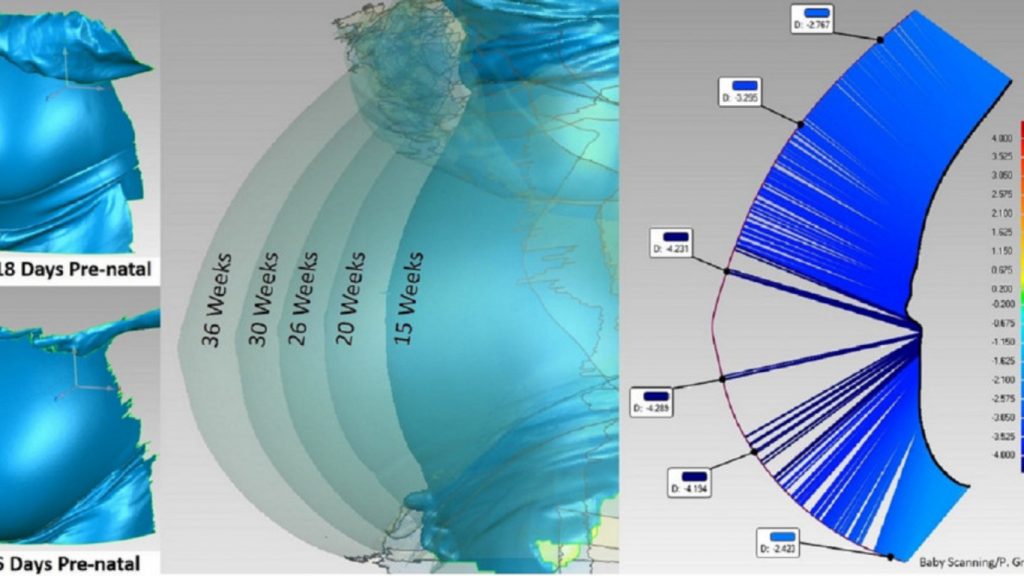3D printing has taken over almost every field. Let it be architecture or medicine, this technology has brought unique advances in all of them. Lately, it has also been used in cancer treatment, as the researchers from Tel Aviv University (TAU) have 3D printed an active glioblastoma tumor in a brain-like environment further study and improve treatment methods.
3D printing is done through a computer-aided design (CAD) model, with additive or additive layer manufacturing (AM) by adding layers on top of each other using multiple materials like plastics, liquids, or powder grains.
The seven main categories of additive manufacturing technologies are vat photopolymerization, material extrusion, material jetting, binder jetting, powder bed fusion, direct energy deposition, and sheet lamination.
Paul Gradl is a senior propulsion engineer from NASA. He has made a medical innovation by using 3D structured light scanning and CAD modeling to compare the different stages of his wife’s pregnancy. The technique used projected light patterns and a camera system to measure the three-dimensional shapes of objects.
“I admit to being a manufacturing technology enthusiast. One technology we use regularly for additive manufacturing and traditional component manufacturing is 3D structured light scanning to compare during different stages of processing or to the CAD model. During the pregnancy of our first child, I 3D scanned my wife every 5-6 weeks, and the compiled results were fantastic (and certainly the result).” wrote Gradl, before thanking his wife for her patience.
He made his wife stand in the same spot for each scan and used a wall as an alignment plane.
There have been other instances where technology was used for baby scanning during pregnancies. Jeff Neasham is an electronic engineering lecturer from Newcastle University who has developed a low-cost baby scanner that can be plugged into any computer or laptop to reveal vital information about an unborn child.

